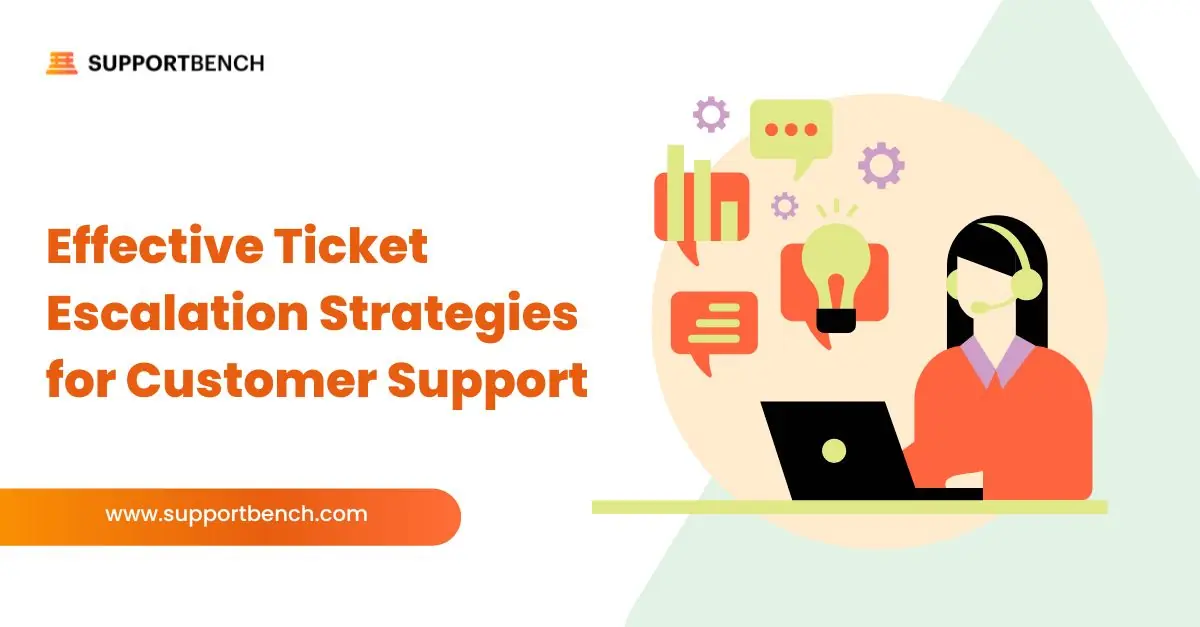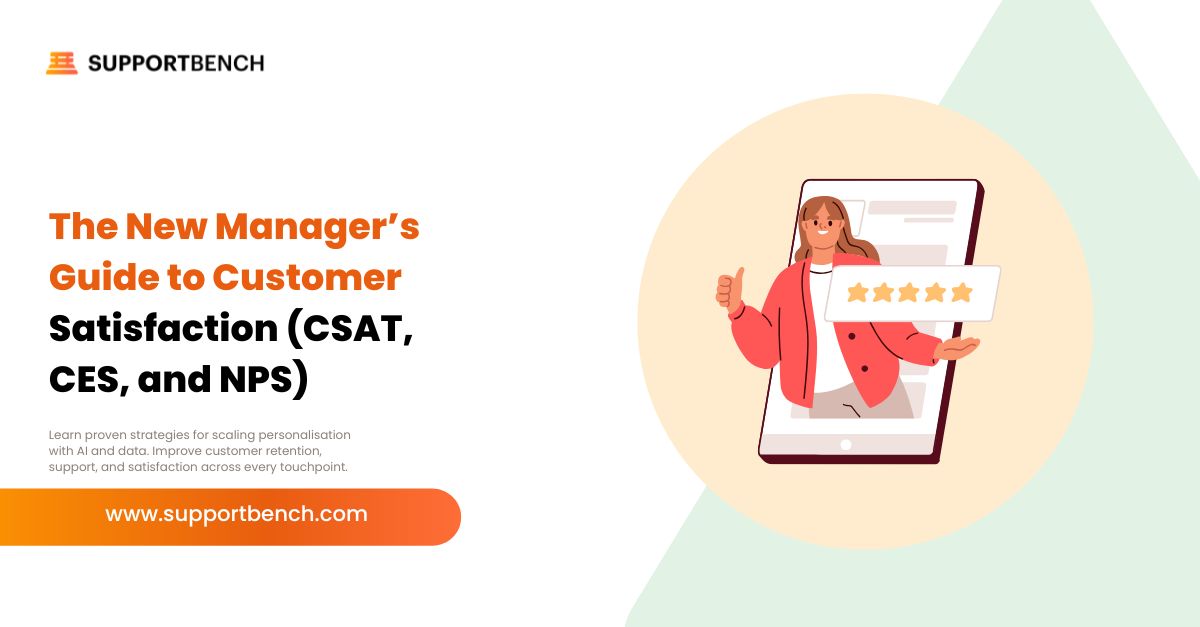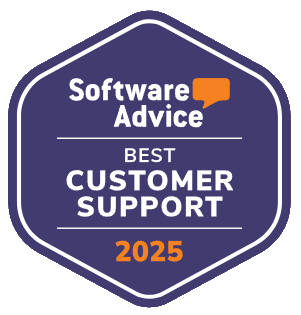The rise of enterprise customer support has seen a surge of solutions promising to offer the best in terms of service and functionality. Zendesk, among others, has been a go-to solution for many businesses. However, like many other systems, it comes with its hidden costs.
The Allure of Hidden Costs
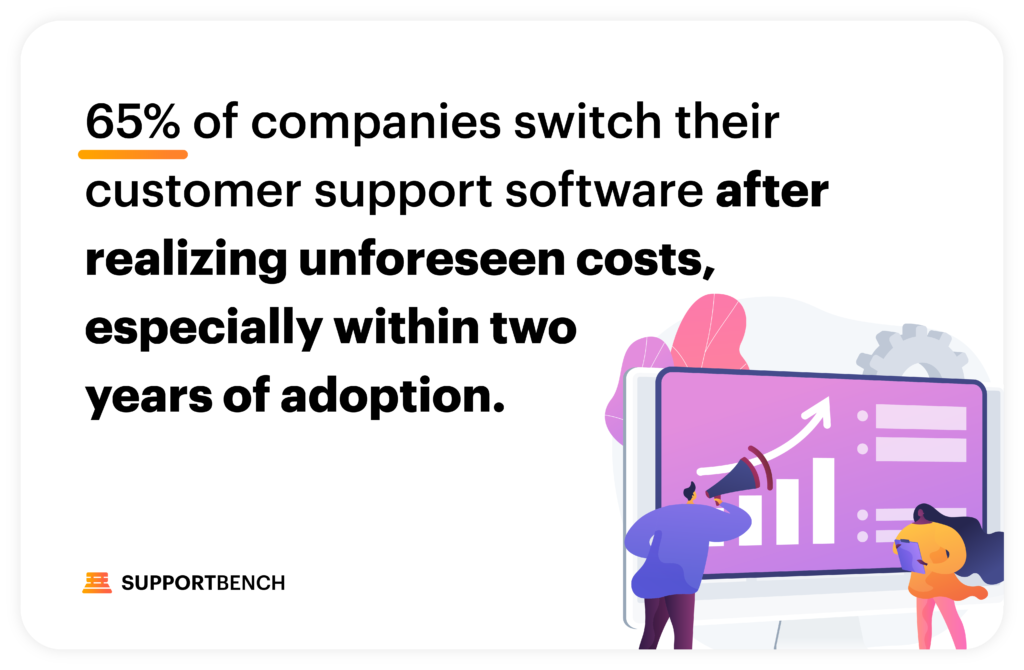
Statistics indicate that 65% of companies switch their customer support software after realizing unforeseen costs, especially within two years of adoption. Additionally, Gartner reports that businesses might end up paying up to 25% more than anticipated due to unforeseen charges in their chosen software platforms. As Jamie Clarke, a renowned customer support analyst, once stated, “Many software solutions lure in companies with basic pricing but fail to disclose that essential features come at an additional cost.” With these hidden costs, come dire outcomes.
The Impending Consequences for Zendesk and its Customer Base
When discussing hidden costs and subpar features, it’s crucial to understand that in today’s business world, transparency and value are more than just buzzwords. They’re integral pillars that form the foundation of trust between a company and its clients. For a renowned platform like Zendesk, failure to address these concerns could have cascading repercussions.
Erosion of Trust:
Transparency in pricing is an integral part of building and maintaining trust. Every instance of an unexpected cost diminishes the bond between a brand and its customers. If these hidden fees become the norm rather than the exception, even long-term Zendesk customers might start questioning the company’s integrity. Once trust is compromised, rebuilding it is an uphill battle, often costing more resources than acquiring new customers.
Loss of Competitive Edge:
In an industry saturated with customer support software options, differentiation is key. Companies like Supportbench are making waves by being upfront about their offerings and emphasizing value. If Zendesk doesn’t adapt and remains opaque in its pricing, it risks being overshadowed by competitors who prioritize transparency.
Customer Churn:
The direct consequence of eroded trust and lost competitive advantage is increased customer attrition. As businesses realize they can get more value elsewhere without unexpected costs, the shift away from Zendesk could gain momentum. As market leaders have often observed, once churn starts, it’s challenging to halt without radical shifts in strategy and operations.
Revenue Decline:
Churn doesn’t just affect the numbers of customers but also the bottom line. Revenues could see a steep decline if existing clients leave and potential clients are deterred by reports of hidden fees. The longer Zendesk takes to address these concerns, the more entrenched this reputation might become, making recovery harder and more prolonged.
Impact on Innovation:
The best innovations often come from feedback, both positive and negative. If Zendesk’s user base starts diminishing, the company could lose out on critical feedback loops that drive product improvement. Moreover, a declining revenue might lead to budget cuts, hampering R&D efforts and causing the product to stagnate.
Reputational Damage:
In our digital age, news travels fast. Tales of hidden costs can rapidly spread across social media platforms, review sites, and industry publications. A tarnished reputation can have long-term repercussions, affecting not just product sales but also partnerships, collaborations, and even talent acquisition.
Looking Ahead
For Zendesk, the writing is on the wall. The market demands transparency, value, and features that meet the challenges of today’s complex customer support landscape. While no company is beyond redemption, course correction is imperative. The alternative is a slippery slope of dwindling trust, declining revenues, and a compromised future. Only time will tell which path Zendesk chooses, but for businesses making decisions today, these concerns are front and center in their evaluations. For some, hidden costs might seem like a financial nuisance, for enterprise and B2B customers, their implications run deep.
The Impact of Hidden Costs on Enterprise and B2B Customers
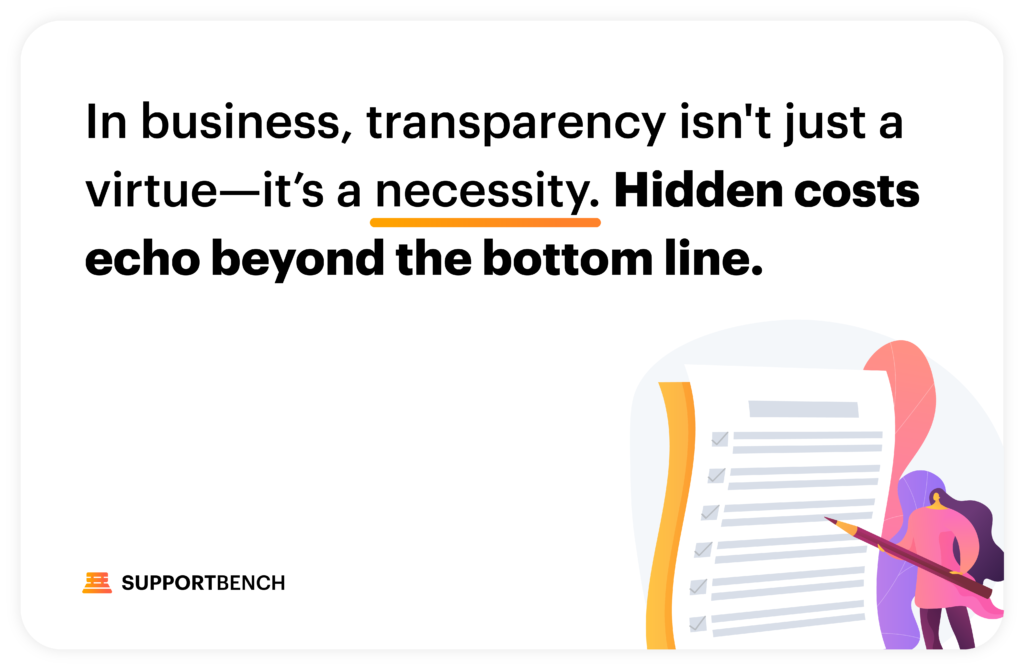
The scale at which these businesses operate means that even a slight change in software costs can cascade into broader operational, strategic, and reputational challenges.
Here’s how:
Operational Inefficiencies:
Enterprises run like well-oiled machines. Their decision to choose a software solution like Zendesk is based on budget allocations made after careful planning. Hidden costs disrupt this flow, forcing businesses to make unplanned expenditures. This can divert funds from other crucial areas, leading to inefficiencies or even halting critical operations.
Compromised Planning and Forecasting:
Large B2B businesses heavily rely on financial forecasting. Unanticipated costs throw a wrench in these projections. It affects everything from quarterly financial projections to annual budgets. Inaccurate forecasts can impact stock prices for publicly traded companies, diminish stakeholder trust, and deter potential investors.
Strategic Repercussions:
Enterprises do not just think in terms of present costs; they also factor in the long-term value a solution provides. Hidden costs can give the impression that the software vendor might introduce more unforeseen expenses in the future. This perception can lead businesses to rethink their long-term association with such vendors, altering their strategic roadmap.
Negotiation and Contractual Challenges:
In the B2B world, contractual agreements are paramount. Hidden costs can lead to conflicts and breach of trust, necessitating renegotiation of terms or even leading to legal disputes. This not only strains the business relationship but also diverts resources towards damage control.
Concluding Thoughts
The ripple effects of hidden costs for enterprises and B2B businesses are vast and multifaceted. At a scale where every decision affects hundreds, if not thousands, of operations, clients, and stakeholders, transparency isn’t just a virtue—it’s a necessity.
For Zendesk or any other software solution provider, understanding this landscape is crucial. It’s not just about a sale; it’s about forming long-term, trust-based partnerships with businesses that have vast ecosystems. Neglecting the implications of hidden costs doesn’t just impact their bottom line; it echoes across the operations and strategies of the enterprises they serve.
It’s evident that businesses should opt for platforms that recognize the importance of the above trends and facilitate their seamless adoption. And, platforms like Supportbench have recognized the importance of not just offering features but ensuring they align with contemporary trends and demands without ANY hidden costs.



